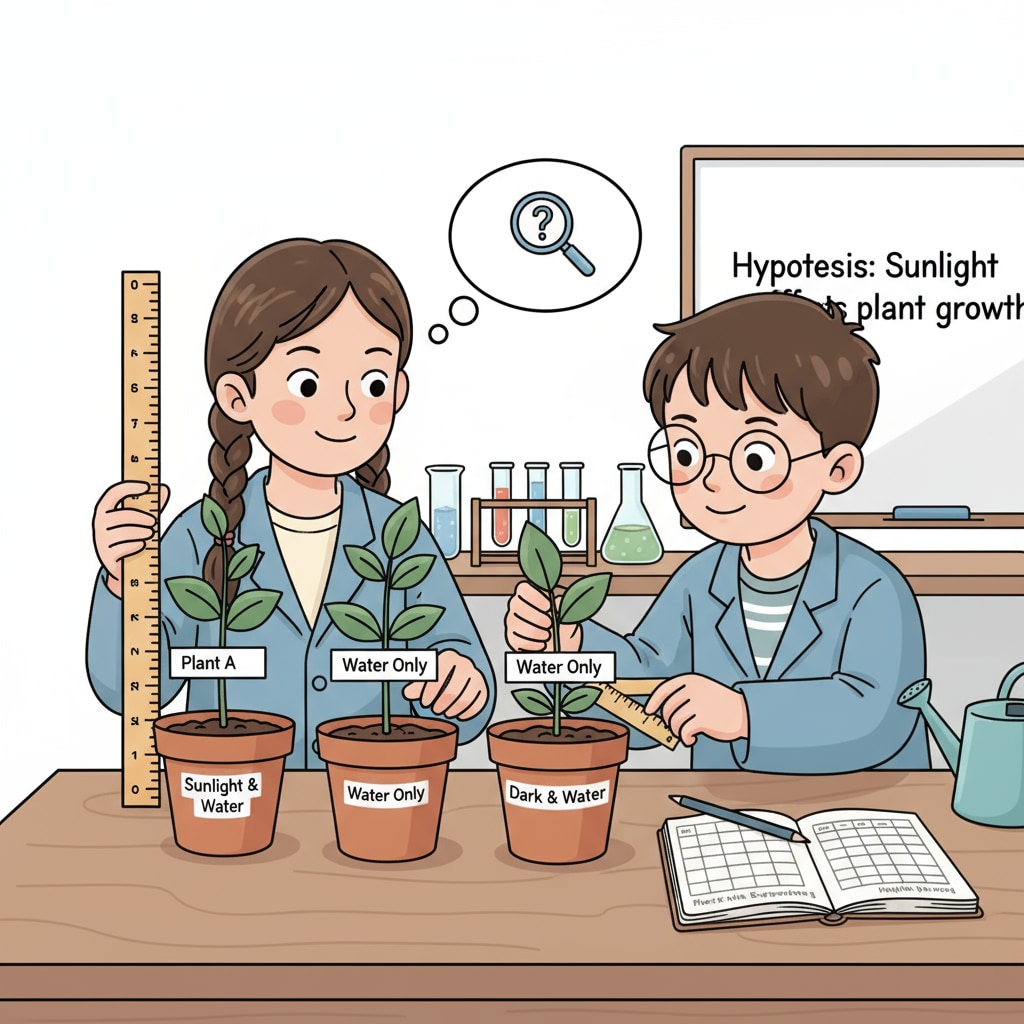Science exhibition projects, children’s experiments, and scientific methods are key components in nurturing young minds’ curiosity about the world. For children in grades 1 – 4, these projects can be both fun and educational. They offer a hands-on way for kids to explore scientific concepts using common items found at home. Let’s dive into how to create a successful science project from start to finish.
Selecting the Right Topic
The first step in any science exhibition project is choosing a topic that interests the child. This initial decision sets the tone for the entire project. It’s important to pick something relatable and easy to understand for young children. For example, topics related to the weather, plants, or animals are often great choices. Science education on Wikipedia offers a wealth of inspiration. These subjects are familiar to kids and can be explored in various ways. You can encourage your child to think about things they observe in their daily life, like why leaves change color in the fall or how a magnet attracts certain objects.

Designing the Experiment
Once the topic is chosen, it’s time to design the experiment. This is where the scientific method comes into play. The scientific method involves making a hypothesis (an educated guess), planning the experiment, collecting data, and drawing conclusions. For instance, if the topic is about plant growth, the hypothesis could be that plants grow taller in sunlight. To test this, set up two identical plants, one in a sunny spot and one in a shaded area. Keep all other factors the same, like the amount of water and soil type. As the plants grow, measure their height regularly and record the data. Scientific method on Britannica provides in-depth explanations on conducting experiments.

During the experiment, it’s crucial to ensure safety. Make sure any materials used are non-toxic and suitable for young children. Supervise them closely, especially when using tools or handling substances. In addition, encourage children to ask questions and think critically throughout the process. This helps develop their scientific thinking skills.
Finally, when the experiment is complete, help the child analyze the data. Discuss what they found and whether their hypothesis was correct. This is a great opportunity for them to learn from the results and understand the importance of evidence in science.
Readability guidance: We’ve used short paragraphs and provided clear steps in lists where possible. The passive语态 is minimized, and transition words like “for example”, “in addition” have been used to make the text flow smoothly. Each section focuses on a key aspect of children’s science projects, from topic selection to experiment design and analysis.


